This post may contain affiliate links. If you click through a link and make a purchase, I may receive a commission at no additional cost to you. As an Amazon Associate, I earn from qualifying purchases. Read the full disclosure here.
Flexibility has an essential role in your workout to promote healthy movement.
Good flexibility allows for improved mobility. Improved mobility enables you to move into positions with greater ease and less dysfunctional strain on tissues, helping to prevent wear and tear on your body.
But is it possible to stretch too far? Why yes, yes it is.
How do you avoid overstretching? In this article, we’ll review easy tips to keep yourself safe and get the most out of your flexibility routine.
Disclaimer: This content is for educational purposes and is not medical advice. Read the full disclaimer.
What happens when you stretch?
Before we get any further, let’s just take a quick minute to look at the physiology of stretching to learn what’s going on as you attempt to relieve those tight muscles.
Muscles are made of soft tissue arranged in fibers that contract (shorten) and relax (lengthen) to produce movements.
A muscle spasm is when a muscle contracts uncontrollably and can’t relax. A pulled muscle is a muscle strain in which the muscle tissue is overloaded and can’t handle the demand – resulting in injury.
Tendons connect muscle to bone. Tendons have receptors that communicate with the brain and spinal cord to relay information. Movement is produced by telling the muscle to contract or relax.
Ligaments are connective tissue that connects to bone and are involved in overall joint stability but do not produce movement and do not contract or relax.
A ligament sprain occurs when a ligament is pushed past its capabilities and results in an injury. Most people are familiar with a lateral ankle sprain.
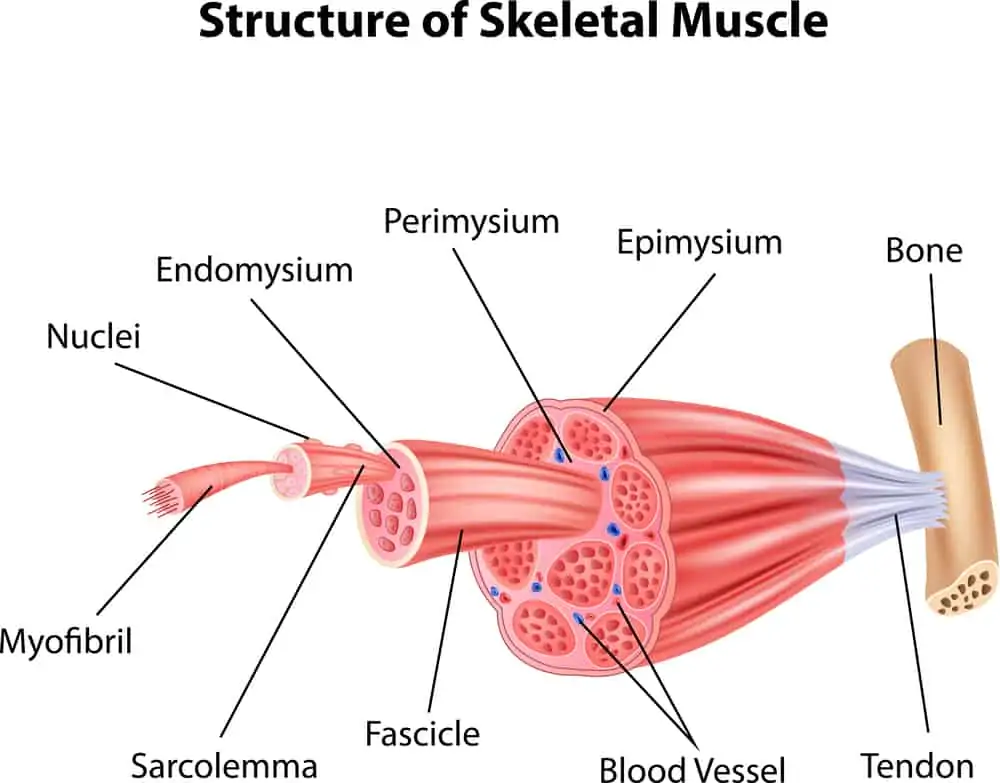
To keep it simple, just know that stretching is more than what’s going on locally at the muscle.
Flexibility is determined by the overall tone of the nervous system.
Have you ever noticed you feel “tighter” when you’re stressed? This direct connection with the nervous system is also why aggressive stretching doesn’t work.
Receptors in the tendons communicate with the brain and spinal cord to send the correct information back to the muscle. These receptors are also there to protect you and resist rapid changes in muscle length.
For example, if you move too quickly or too far into a range of motion (ROM), the receptors interpret this as dangerous and do not allow the movement as a protective response. Forcing a stretch is counterproductive and can even lead to an injury.
If you always feel tight despite lots of stretching, there’s probably another piece of the puzzle that needs to be addressed.
Individual genetics also play a part in how flexible you are. Everyone can make some progress with a consistent program, but not everyone will achieve the same level of flexibility.
Consider this your warning about gimmicky flexibility programs that promise you’ll be able to do splits.
What happens if you stretch too far?
Overstretching can lead to injuries including muscle strain, a muscle tear, or injuries to the tendons, ligaments, or joint capsules.
Injuries can be acute, such as a tear to the muscle, ligament, or tendon. They can also be a result of damage over time, for example overstretching ligaments or joint capsules, making joints less stable.
If you have any restrictions causing nerve tension, overstretching can also aggravate nerve tissue; for example, aggressive hamstring stretching can also tug on the sciatic nerve.
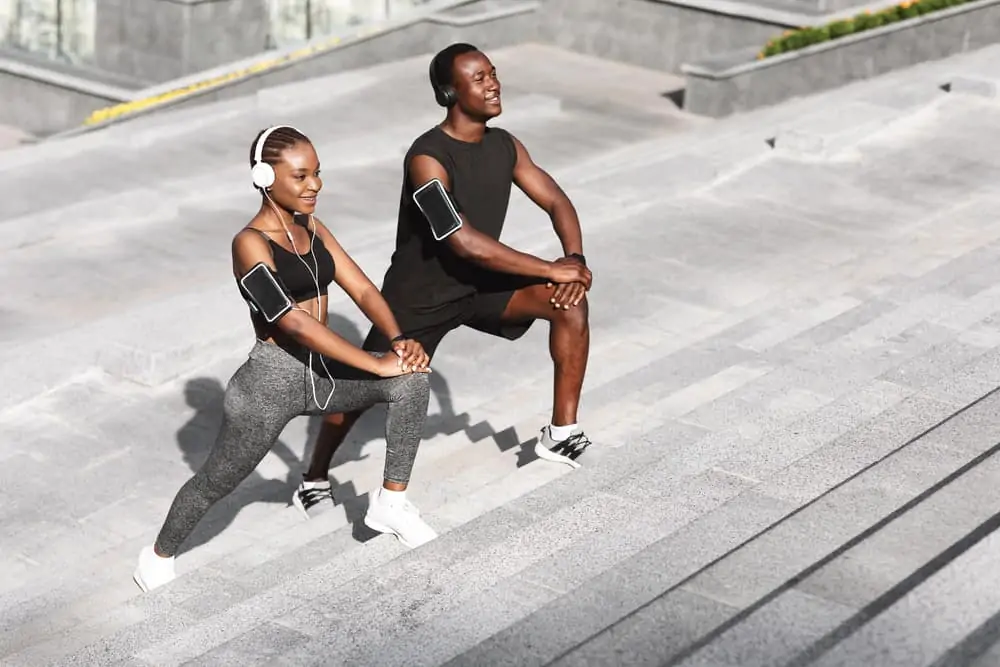
How to avoid overstretching and causing injury
Luckily, there are plenty of things you can do to avoid stretching too far.
Keep these tips in mind for your stretching routine. If you listen, your body will give you valuable cues. It’s not as hard as it seems.
(These same tips apply whether you’re stretching after your workout or during your yoga practice.)
Don’t stretch through pain
It sounds like a no-brainer, but this happens all the time.
Different sensations are expected during stretching to include a perception of muscle tension, pulling, and maybe some discomfort. Pain should never be considered a good sensation while stretching.
This is your body giving you a big red flag to back off.
Don’t hold your breath
Deep breathing is a natural hack into the nervous system, and flexibility is also controlled by the nervous system.
Deep breathing has a connection to the vagus nerve, the longest cranial nerve in the body, running through the throat, chest, and abdomen, helping to elicit a relaxation response to decrease heart rate, blood pressure and reduce the concentration of stress hormones circulating the body.
Slow, controlled breaths can signal to the nervous system that everything is fine and help your body relax and move deeper into a stretch.
Holding your breath can prevent you from gaining flexibility.
Don’t force motions
If your body doesn’t want to move in a specific direction, don’t force it. Range of motion and flexibility gains happen over time with a consistent program.
Don’t bounce
Bouncing while stretching, also known as ballistic stretching, is not recommended due to the risk of sprains, strains, or tears.
Move in and out of stretch positions gradually
Take time with your movement and be mindful. Mindfulness is a trendy term thrown around a lot, however in this case it means performing an activity with focus and intention.
Moving too quickly can elicit a protective stretch response, stopping you from going further into the range of motion, making it feel like you’re fighting against your own body.
Hint: this is also why aggressive stretching does not work and puts you at risk for injury.
Use a stretch out strap
If you’re struggling to get into the proper position for stretching, try using a stretch strap.
There’s no shame here, plus you’ll look like you know what you’re doing for understanding how to work with your body.
Struggling to force yourself into a position leads to injuries and decreases the effectiveness of the relaxation response that allows you to gain flexibility.
A strap can extend your reach to allow you to keep good alignment and decrease the risk for injuries.
I like The Original Stretch Out Strap. It’s very durable and has loops to accommodate full-body stretching for all different levels of flexibility. It even includes a stretching guide to help you get started.
For yoga, I like to use the Manduka yoga strap, which has an adjustable buckle to accommodate different poses.
Listen to your body
Getting tuned in to sensations like stretch, pressure, discomfort, movement, etc., can help you listen to your body to improve form and decrease the risk for injury.
Pain should never be a part of stretching, but different sensations are expected. Attention to these sensations will help you get to know your body and avoid overdoing it.
Related Read: How to be Less Injury Prone with Body Awareness Exercises
How do I know if I’m stretching properly?
There are a few different types of stretching techniques. We’ll briefly go over static vs. dynamic stretching.
Static stretching can be an effective way to increase flexibility and is best used at the end of physical activity.
A static stretch involves moving into a stretch position and holding that position for anywhere between twenty seconds and one minute.
Many have difficulty determining what they actually should be feeling during a stretch, leading to injuries.
There can be a lot of different sensations during stretching. Ideally, you’re looking for a mild to moderate pulling or tension sensation. There may be some slight discomfort with this, but pain should never be part of the equation.
There is some evidence that performing static stretching before an activity can increase the risk for injuries. To be safe, save it for after the workout.
A dynamic stretch involves moving your body through activity-specific motions, for example, walking lunges, leg swings, torso twists, etc.
These active stretches are best performed after 5-10 min of low-intensity aerobic activity as part of a warm-up. They can help reduce injury by preparing the body for activity-specific movements.
Be sure to check out the exercise library for easy-to-follow guides on stretching for the entire body!
Strength training can help you gain flexibility
The funny thing about the human body is that you can perceive a feeling of muscle tightness when the problem is actually related to muscle weakness.
A healthy combination of flexibility and muscle strength (sometimes referred to as mobility) leads to healthy muscles and movement that your body can control.
Eccentric strengthening, which involved loading a muscle as it lengthens, helps with functional strength.
If your hip flexor muscles are chronically tight, and no amount of stretching ever seems to help, they’re probably weak and need strengthening. Check-in with your physical therapist for an evaluation and specific treatment plan to you.
For best results, make sure you build a balanced fitness program.
Wrapping up
Good flexibility is part of a well-rounded workout program and contributes to overall mobility.
Use these tips to avoid overstretching, and you’ll be ready to go. If you still have questions, follow up with a physical therapist or personal trainer for some extra guidance.
Check out the exercise library for easy-to-follow guides on stretching for the entire body!
References:
Cook G, Burton L, Hoogenboom BJ, Voight M. Functional movement screening: the use of fundamental movements as an assessment of function – part 1. Int J Sports Phys Ther. 2014;9(3):396-409.
Granacher U, Hortobágyi T. Exercise to Improve Mobility in Healthy Aging. Sports Med. 2015;45(12):1625-1626. doi:10.1007/s40279-015-0405-9
Hodges, Paul & Gurfinkel, Victor & Brumagne, Simon & Smith, T & Cordo, P. (2002). Coexistence of stability and mobility in postural control: Evidence from postural compensation for respiration. Experimental brain research. Experimentelle Hirnforschung. Expérimentation cérébrale. 144. 293-302. 10.1007/s00221-002-1040-x.
Mahieu, Nele & Danneels, Lieven & McNair, Peter. (2004). Stretching and injury prevention – An obscure relationship. Sports medicine (Auckland, N.Z.). 34. 443-9.
Page P. Current concepts in muscle stretching for exercise and rehabilitation. Int J Sports Phys Ther. 2012;7(1):109-119.

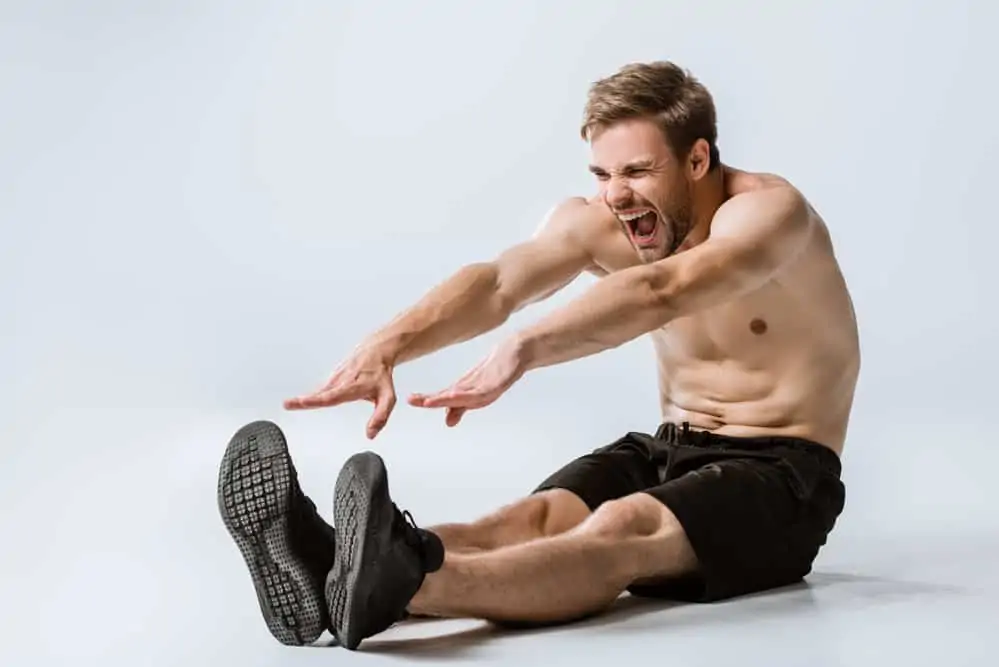
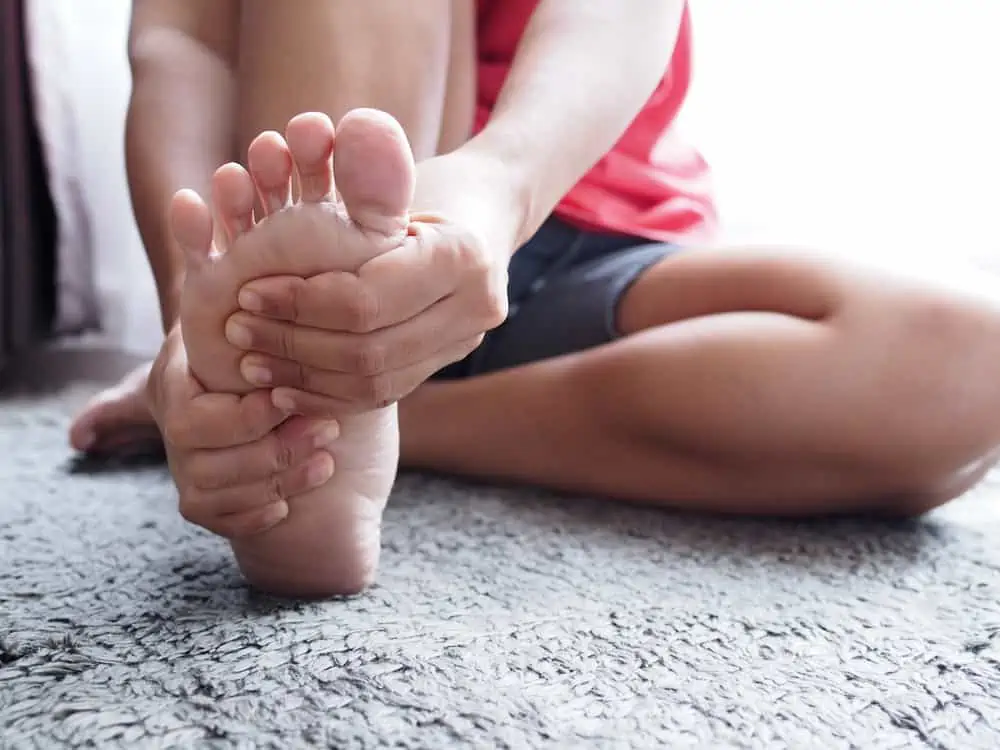
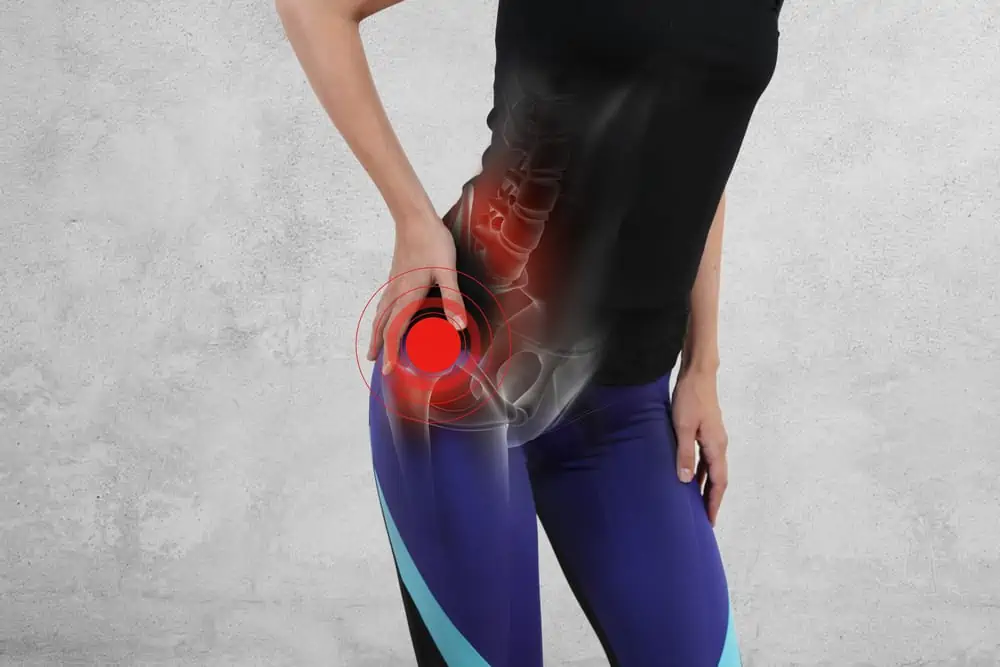
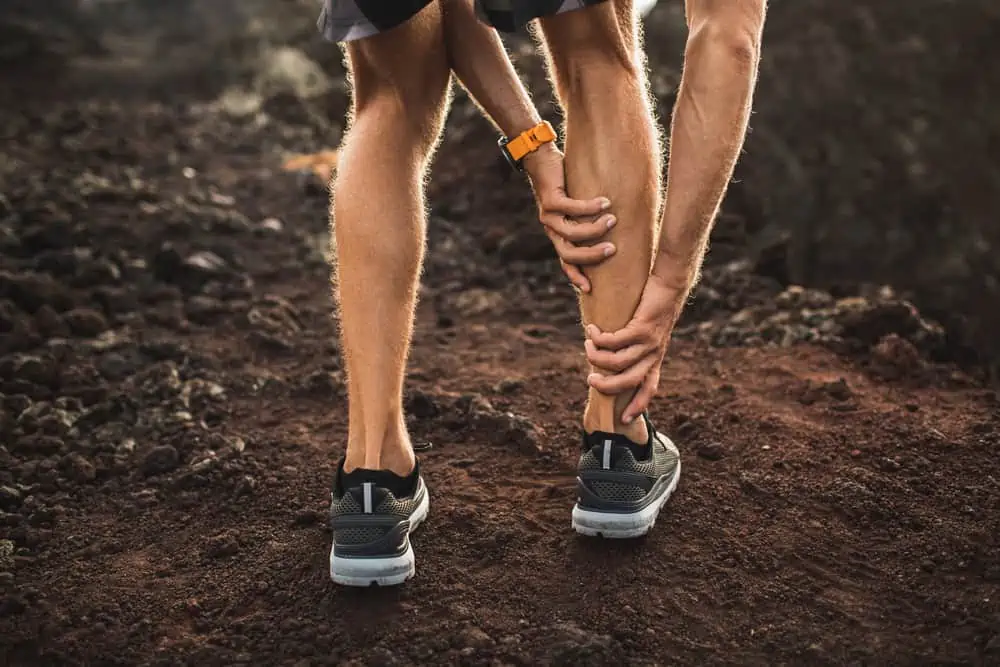


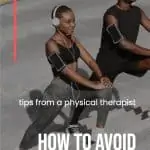
Thank you for this very informative article! I try to stretch before and after a workout (doing dynamic stretching before and the static after), so I’m glad I got that right. I love the tips you put at the bottom, and will check out the stretch out strap you recommended! Since I exercise at home and don’t have an instructor, this is really helpful!
Thank you for reading, glad it was helpful!
One time I strained my hamstring from over-stretching. Like, come on, I was trying to prevent this!! Great tips!
Ouch! Yes, there are a lot of misconceptions about stretching, glad it was helpful!
I love doing beginners yoga to get a stretch in, as it is usually not too strenuous. Great tips!
That’s great! Yoga can be a wonderful way to improve flexibility.